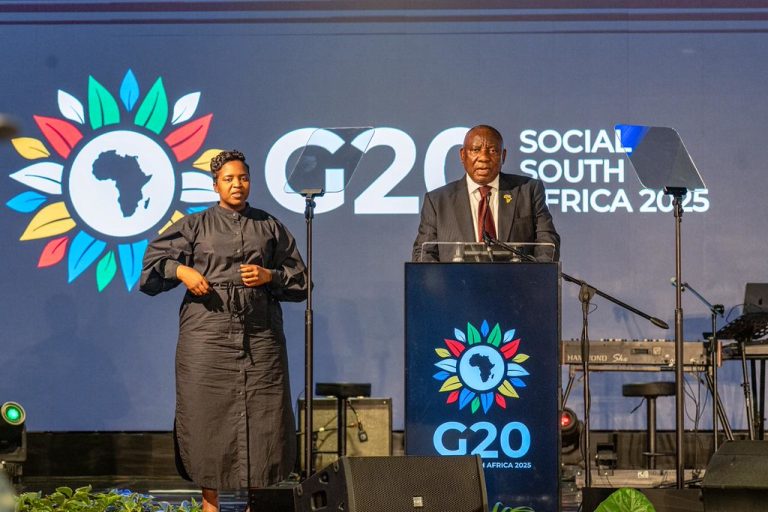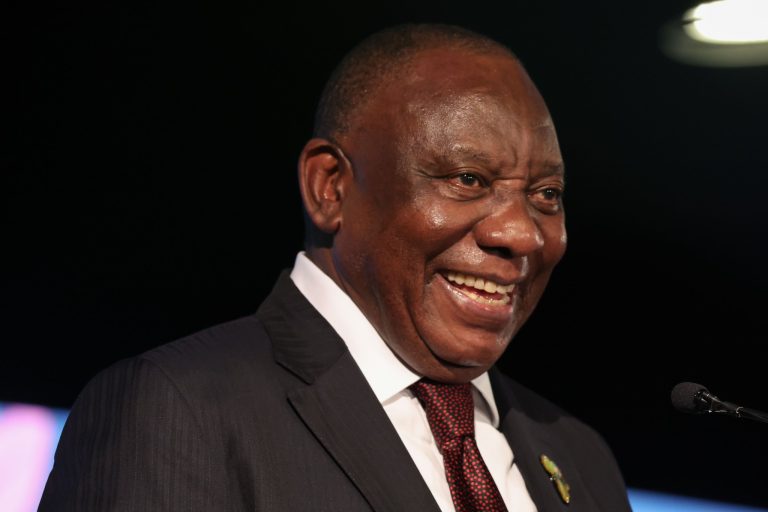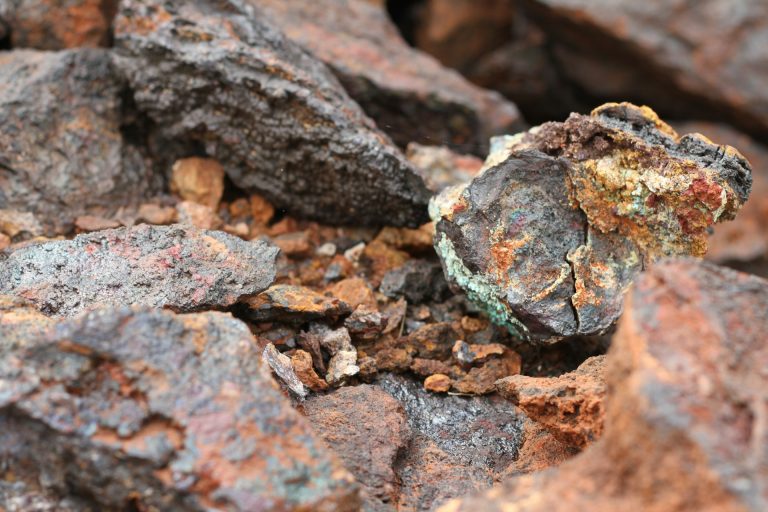- Oil output jumps 50% in 2024 after Baleine field launch
- Gas production dips slightly amid power sector slowdown
ABIDJAN, CÔTE D’IVOIRE – Ivory Coast’s crude oil production jumped 50% in 2024 to 16.1mn barrels, or 44,000 barrels per day, marking one of West Africa’s fastest-growing petroleum outputs, driven by ENI’s Baleine field.
According to the Ministry of Petroleum, the surge followed the commissioning of the Baleine offshore field, which began production in August 2023 and now contributes significantly to national output.
The discovery, made in September 2021 by Italian energy giant ENI, is reshaping the country’s energy landscape and bolstering its ambition to become a regional energy hub.
Gas output dips amid power plant shutdown
While oil production soared, natural gas output fell slightly to 2.4 billion cubic metres (6.6 million m³ per day), representing a 3% decline from 2023.
“The reason for the difference in output is that focus, in terms of investment and interest, has been mainly on oil as opposed to gas,” said George Koffi, senior researcher at the School of Mines and Geology at the Institut National Polytechnique Félix Houphouët-Boigny in Yamoussoukro.
“The companies that obtain licences to carry out operations on offshore and onshore fields tend to begin with oil. That is what we have been observing,” he told Allen Dreyfus.
Koffi added that reduced demand from the power sector also contributed to the decline.
“The decrease in gas production could also be attributed to the decline in demand from the electricity sector, notably due to the temporary unavailability of the Azito IV thermal power plant, which produces power for local consumption,” he said.
Government officials, however, described the year’s energy output as a sign of resilience and growth.
“The performance recorded in 2024 demonstrates the capacity for energy diversification and the strength of the Ivorian electricity and oil sectors, which are essential factors in supporting national economic growth and our regional energy ambitions,” they said.
Push for energy diversification and investment
Despite the progress, experts caution that Côte d’Ivoire remains heavily dependent on thermal energy.
“Energy diversification is still a far-fetched story in the country, due to the dominance of thermal power (10,000 GWh, 75.1%), followed by hydroelectric power (3,000 GWh, 24.5%), with a marginal contribution from solar power (51 GWh, 0.37%),” Koffi noted.
“It is the ambition of every modern state to reduce the dominance of thermal power. Ours is still too high – 75%,” he added.
Côte d’Ivoire – the world’s top cocoa producer – aims to make the extractive industry the second pillar of its economy behind agriculture. The government has set a target to boost oil production to 200,000 barrels per day by 2030, thanks to new discoveries such as Baleine and Calao.
To attract more investors, authorities have unveiled a 2025–2050 master plan for oil and gas infrastructure, focusing on ports, transport and storage expansion, and fiscal incentives. Energy majors like BP and ENI have renewed commitments to the market.
“The return of BP is a positive development. We need to open our market to big players who understand the business better and who boast stronger distribution channels. Our local firms could work alongside and learn,” Koffi said.
The Ministry of Petroleum says it hopes Côte d’Ivoire could eventually join OPEC, further consolidating its growing role in Africa’s energy landscape.










